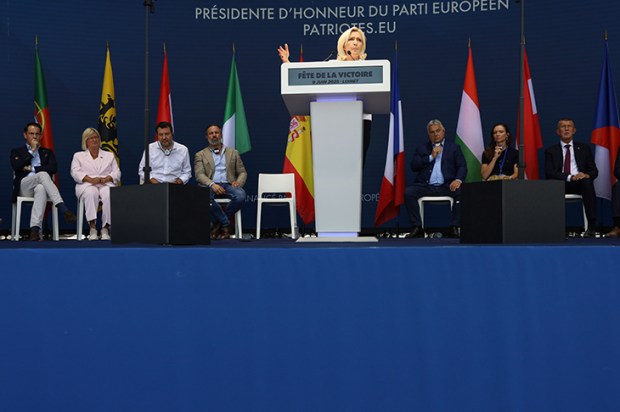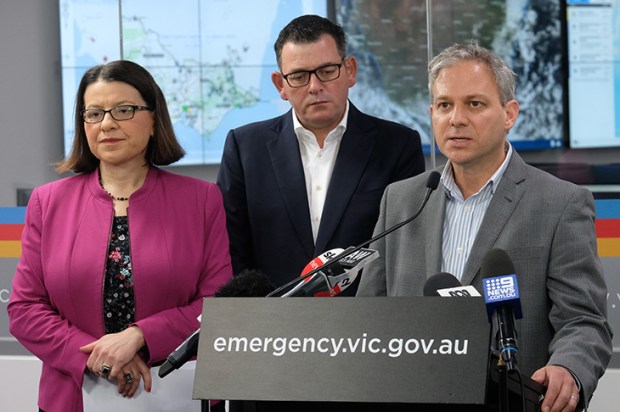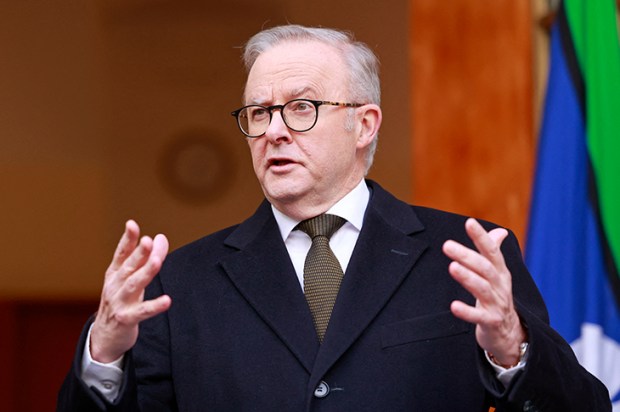The index spiked to 139 when Russia defaulted in 1998. The 9/11 attacks on the US in 2001 boosted the barometer to a record 166. The index soared to an all-time high of 204 when the global financial crisis erupted in 2008. The pandemic blasted the monitor to an unprecedented 437. After falling as low as 193 last year, the index has now soared to an unmatched 460.
The index is the Global Economic Policy Uncertainty Index that three US economists created in 1996 to assess the level of the economic and policy uncertainty that influences the moods of businesses, consumers and investors.
Why is this index, published by the Federal Reserve of St Louis, at or around record highs, as are other gauges of uncertainty? Is China about to attack Taiwan? Is something worse brewing in the Middle East? Has another virus leaked from a Chinese lab? Has Ebola escaped from Africa? Is the eurozone debt crisis poised to re-erupt? Is a too-big-to-fail bank about to collapse?
No. The answer is the policies and erratic governing style of US President Donald Trump. Since his election victory, Trump has fomented uncertainty in the following ways (which are listed in no particular order).
One source is his trade policy. Trump imposed, delayed then installed tariffs on Canada and Mexico. Trump has boosted the average tariffs on Chinese imports towards 40 per cent. He threatens tariffs on Denmark unless it surrenders Greenland. Trump warns of counter-retaliatory tariffs of 200 per cent on EU goods. He has invented the concept of ‘secondary tariffs’, by threatening them on countries that buy oil from Venezuela. Trump has imposed car tariffs and plans reciprocal tariffs on anything deemed protectionist – an almost unlimited excuse for trade warfare.
The confusion is because few can pinpoint the goal of Trump’s trade policy. Is it to raise revenue, reshore production, stop fentanyl and illegal immigrants, a means for self-aggrandisement, or an upending of the global order to suppress China?
A second uncertainty surrounds the Elon Musk-led purge of the US federal government that is supposedly reducing Washington’s budget deficit. The administration has abolished departments and agencies, fired federal workers, cancelled grants and contracts, and refused to pay for work done. People worry welfare payments and free health coverage are at risk. Doubts surround the legality and extent of the actions.
A third uncertainty arises from the incoherence of Trump’s policies. Talk of a global accord to lower the US dollar appears implausible when Trump is alienating allies and taking steps that support the currency. Tariffs can’t achieve policy goals and stay a revenue source.
The tariff maths is dreamland too. Tariffs are supposed to collect enough tax for Trump to ‘abolish’ the Internal Revenue Service. Tariffs would need to be set at about 80 per cent on the US$3.3 trillion of goods imported in 2024 to replace forecast income-tax revenue of US$2.6 trillion this year. But that rate would crush import demand.
Another uncertainty is that Trump’s priorities are at cross-purposes, which raises doubts about which ones will prevail. Trump wants to protect the US dollar’s reserve status, which implies a strong currency. Yet he wants a lower greenback to tackle the trade deficit and protect manufacturing. But his tariffs support the US dollar because bond yields rise on their inflationary boost.
A fifth anxiety is Trump’s indifference to causing economic pain. Trump being ‘ok’ with a ‘little disturbance’ prompted investors to abandon their self-assurance he would reverse policies that damaged stocks and the economy.
A sixth is the threat to the integrity of economic statistics. The administration touts removing government spending from GDP and has abolished two committees that provided methodological statistical advice. Some worry Trump could mimic authoritarian regimes and rig statistics.
A seventh source of angst is Trump’s feud with the Federal Reserve that could restrict the central bank’s freedom to fight inflation. A House panel is reviewing the Fed’s tools and goals, amid Musk comments the Fed is ‘absurdly overstaffed’ and Republican calls to ‘audit the Fed’ that can be interpreted as abolishing the central bank. Trump’s tariffs make the Fed a bigger political target – they slow growth yet their inflationary consequences block the rate cuts Trump demands.
An eighth confusion is the purge of financial regulators that damages the integrity of asset markets. Suspicions the purge is to reduce scrutiny of Trump’s crypto ventures, which have raised US$900 million from selling tokens, cast doubts on the administration’s integrity. So too do its conflicts of interest – the auto tariffs help Musk’s Tesla.
A ninth cause of anguish is how Trump is testing the boundaries of executive powers and daring opponents and the courts to stop him. Trump’s attacks on judges and his alleged flouting of a judicial order show a constitutional clash is underway between the executive and judiciary. The unknowable outcome raises the question of whether Trump or future presidents might abuse greater powers.
Tenth, Trump’s manic tweeting and his adoption of Steve Bannon’s tactic to ‘flood the zone’ with announcements are destabilising too. An eleventh insecurity is the scrambling of geopolitical assumptions and alliances that shatter the global order and create Western mistrust of Trump. A twelfth stems from the war talk over the Signal commercial messaging app and the denials that followed even though a journalist was mistakenly on the group chat. ‘Signalgate’ showed Trump’s team lacks competence, integrity, maturity and savvy. What might it do next?
The problem of Trump’s tendency to create uncertainty is that the confidence that influences economies is linked to predictability. Little wonder US consumer optimism has plunged by amounts that suggest panic, while people’s inflation expectations are rising. US companies are hesitating to hire as sales drop and input costs rise. The NFIB Uncertainty Index of smaller US business that was created in 1973 is nearing all-time highs. Many including the Fed have cut growth and lifted inflation forecasts for the US and global economies.
The uncertainty is pronounced enough to drive the US economy into recession and trigger upheavals in asset markets. These outcomes are probably the greatest certainties stemming from Trump’s exercise in how not to govern.
Some uncertainty always exists, to be clear. In some ways, the extra uncertainty Trump creates is a testament to his political genius in dominating US politics. Trump faithful see a masterplan that will enhance the US. Most people, however, see chaos. How the majority reacts has greater economic consequence. Amid all this, one political certainty is Trump twigs that the uncertainty he generates empowers him by reinforcing that he is the pivotal actor. Uncertainty gauges will only set fresh records.
Got something to add? Join the discussion and comment below.
You might disagree with half of it, but you’ll enjoy reading all of it. Try your first month for free, then just $2 a week for the remainder of your first year.












